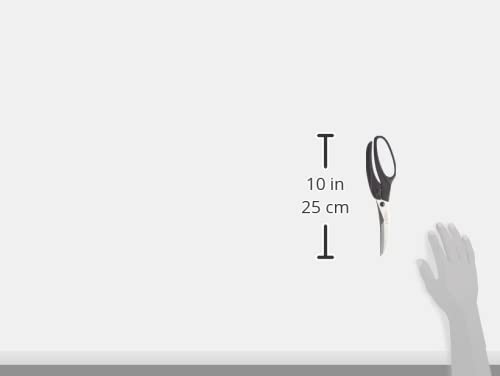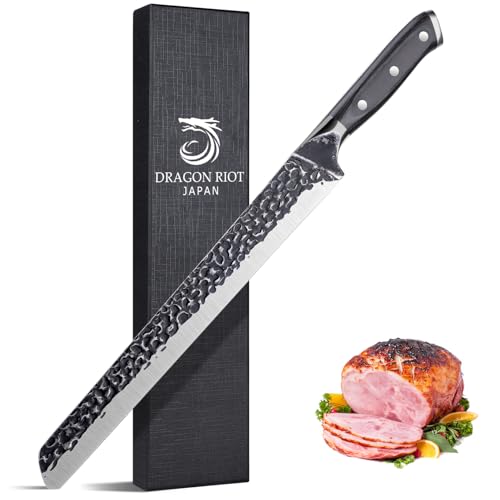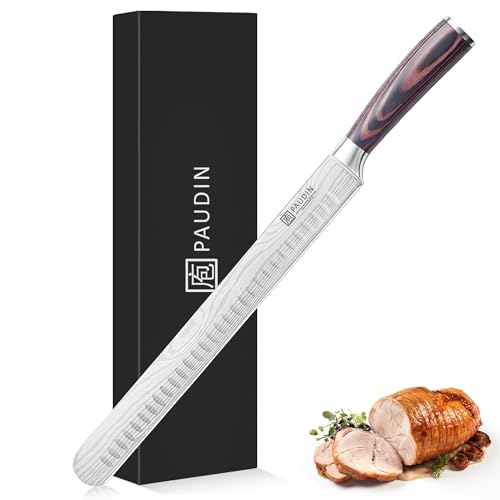Understanding the Right Size: Why a 24-Inch Bike is Ideal for Your Child
The Perfect Fit for Growing Kids
When selecting a bike for your child, size matters significantly. A 24-inch bike typically suits children aged 8 to 12 years, ideally matching their height and leg reach. This size allows them to ride comfortably while being able to get on and off the bike easily. If a bike is too small or too large, it can hinder their ability to control the bike, potentially leading to frustration or accidents.
Boosting Confidence and Skill Development
By providing your child with a bike that fits properly, we enable them to feel secure and confident as they ride. A comfortable height means they can practice braking, turning, and pedalling without fear of losing balance. This not only encourages them to ride more but also helps develop their coordination and cycling skills as they grow.
Key Features to Look For: Safety, Comfort, and Style
Safety First: Essential Features to Ensure Security
When choosing a bike, look for features that enhance safety. Reliable brakes are crucial; opt for bikes with handbrakes or easy-to-use coaster brakes for younger riders. Reflectors or lights are also important for visibility, especially if your child will be riding in low-light conditions. A sturdy frame can absorb shock better, providing a safer ride.
Comfortable Riding Experience
Comfort is vital to ensure your child enjoys their biking experience. Look for padded seats that can be adjusted as they grow. A lightweight bike frame makes it easier for them to manoeuvre the bike, while ergonomically designed handlebars can enhance their grip and reduce strain on their arms.
Style Matters: Making Biking Fun
Children love their bikes to reflect their personality. Nowadays, bikes come in a variety of colours and designs, from vibrant patterns to popular cartoon characters. Choose a style that resonates with your child to ensure that they feel excited to hop on their bike and ride.
Top 5 Recommended 24-Inch Kids’ Bikes: Our Pick for Every Budget
Affordable Options for Everyday Rides
For budget-conscious families, there are excellent options that do not compromise on quality. Look for functional bikes that offer essential features without flashy extras. These models often boast strong frames, reliable braking systems, and fun design options that kids love.
Mid-Range Choices That Balance Quality and Price
Mid-range bikes typically offer more features, such as better components and enhanced comfort. They often come with adjustable seats and more nuanced design choices, allowing for a more personalised fit as your child grows. Such bikes are durable, ensuring they withstand the wear and tear that comes with childhood adventures.
Premium Bikes for Serious Young Riders
If your child is passionate about cycling, consider investing in a premium bike. These models often include lightweight materials, advanced braking systems, and performance-focused designs. They are not only about style but also behavioural elements that can help your child develop a solid riding foundation from an early age.
Maintenance Tips: Keeping Your Child’s Bike Ride-Ready
Regular Checks for Safe Riding
To keep your child’s bike in top condition, regular maintenance is essential. Make it a habit to check the air pressure in the tyres and ensure they are inflated correctly. Look for any signs of wear or damage, particularly on the brakes and chain. This simple routine can prevent major issues and keep the bike safe for your child.
Cleaning and Lubricating the Bike
After every few rides, we should wipe down the bike to remove any dirt or mud. This helps maintain the bike’s integrity and extends its lifespan. Additionally, lubricating the chain regularly will keep it running smoothly and reduce wear and tear. Remember to educate your child about the importance of bike cleanliness and care.
Frequently Asked Questions: What Every Parent Should Know About Kids’ Bikes
How to Choose the Right Size for My Child?
Choosing the right size bike for your child involves measuring their inseam and comparing it to the bike’s specifications. When they stand over the bike, there should be at least 1-2 inches of clearance between the bike frame and their body.
When Should I Let My Child Ride Alone?
You know your child best, but generally, they should only ride alone when they demonstrate good control and understanding of road safety. Start with supervised rides before transitioning to solo adventures!
What Accessories Are Essential?
A good helmet is non-negotiable for safety. Additionally, consider knee and elbow pads for beginners. A bike lock is also a wise investment to protect the bike when it’s parked.



























